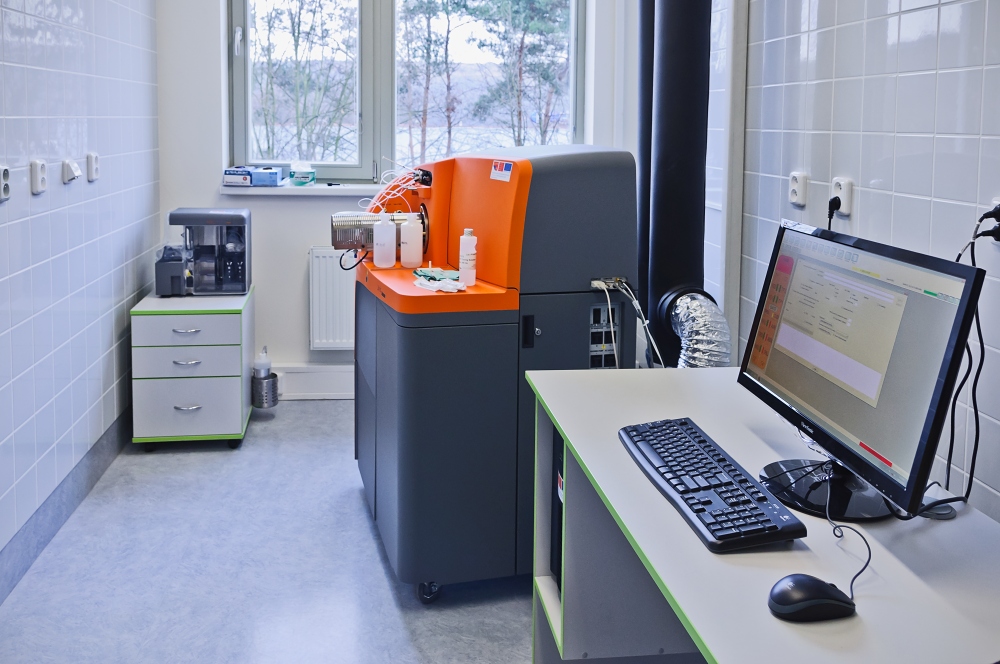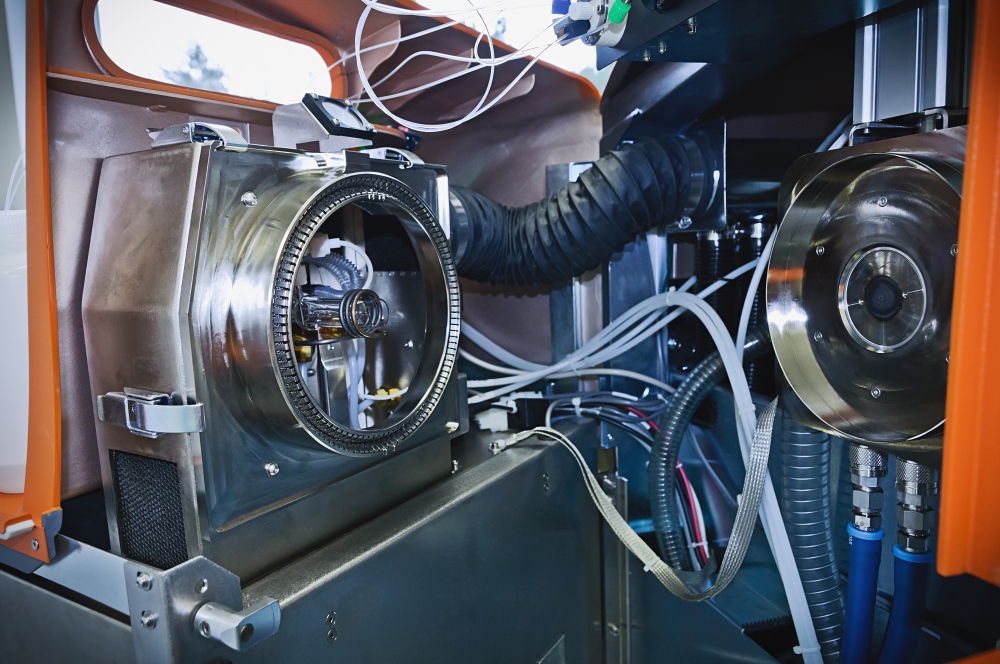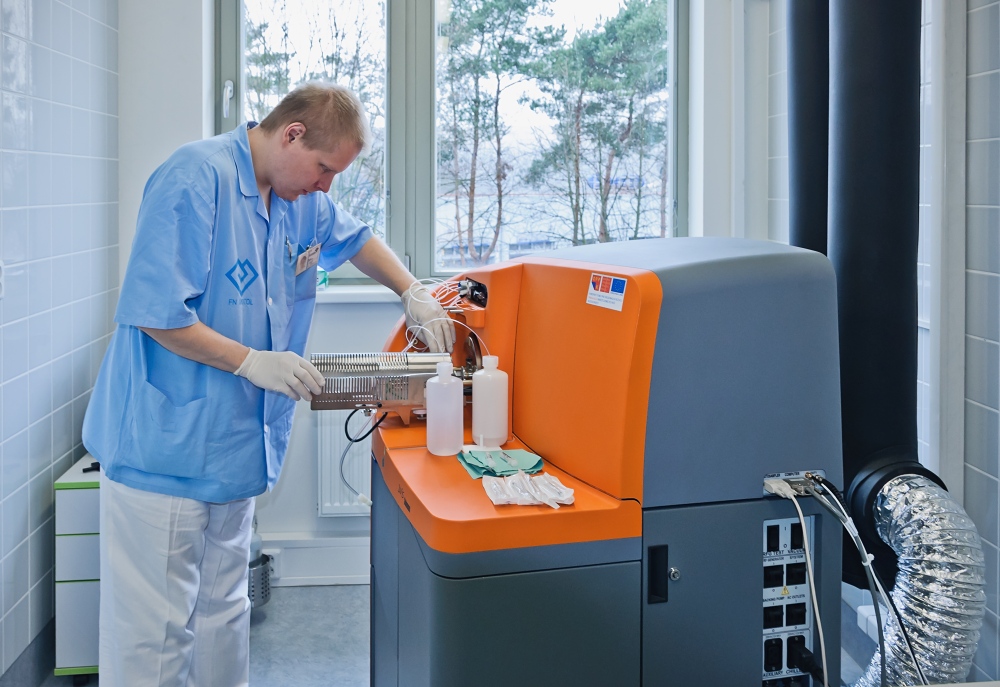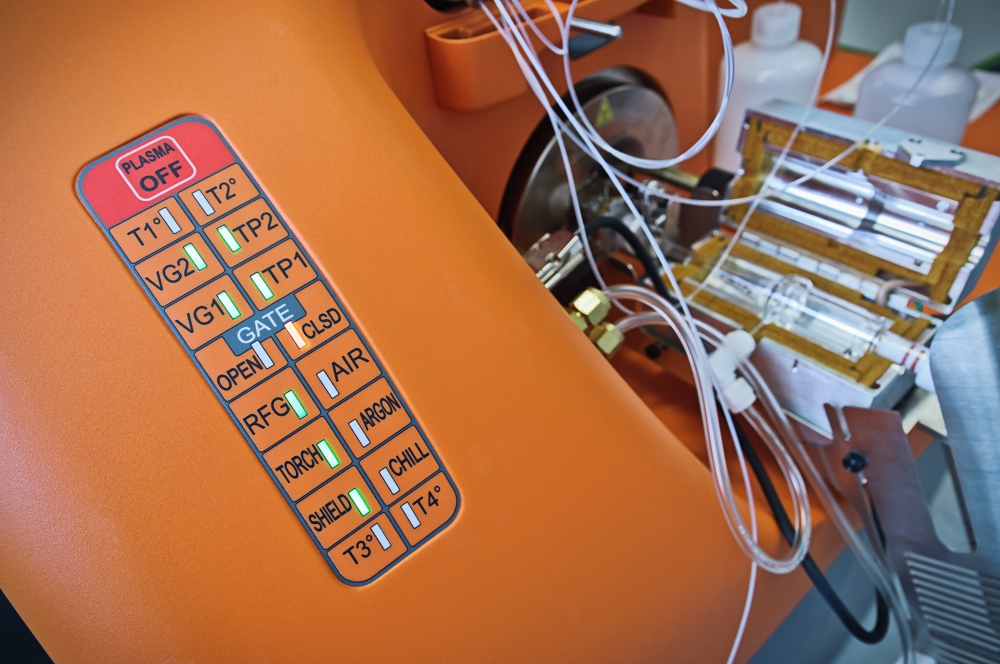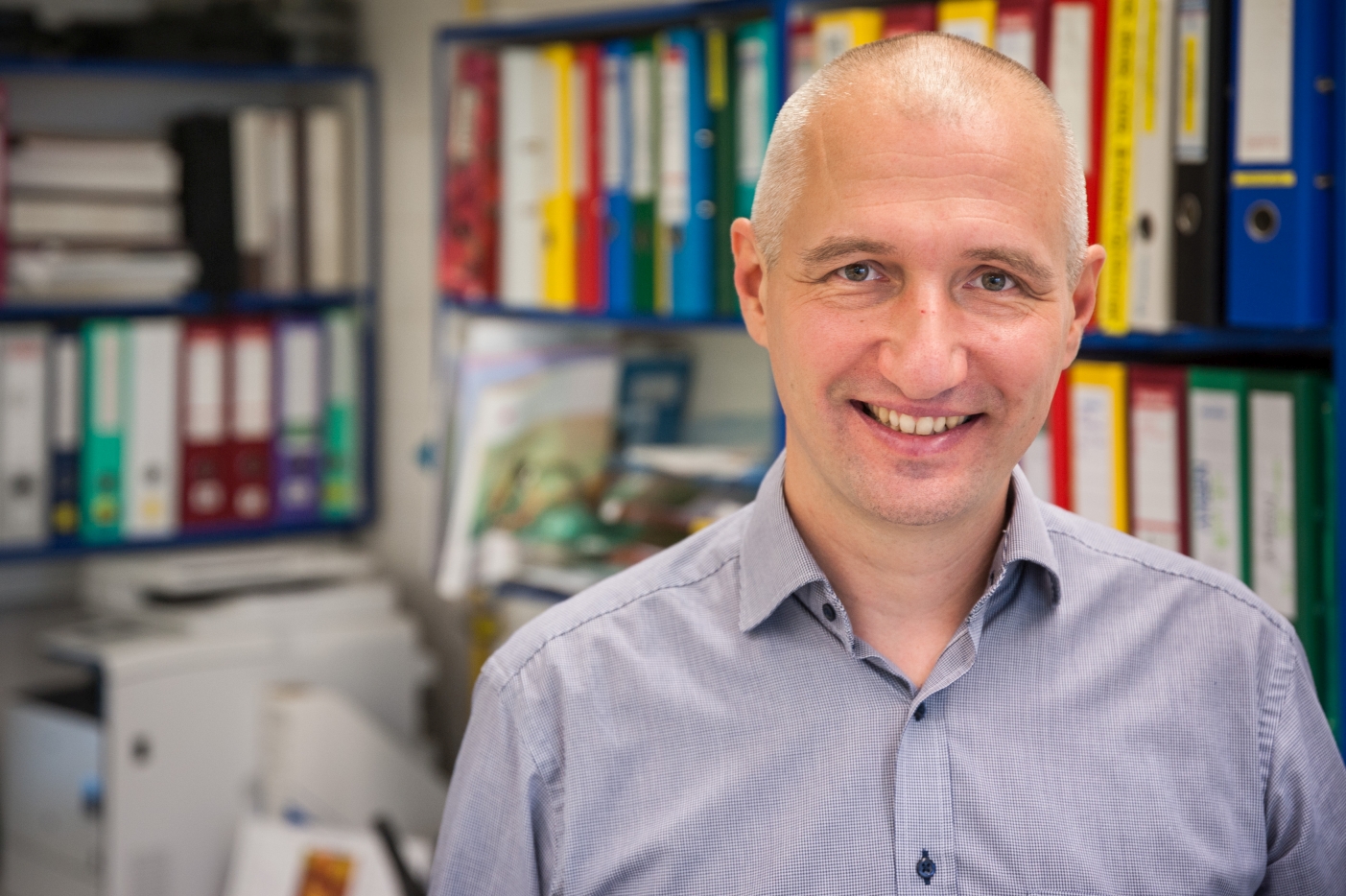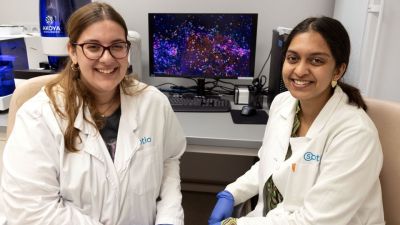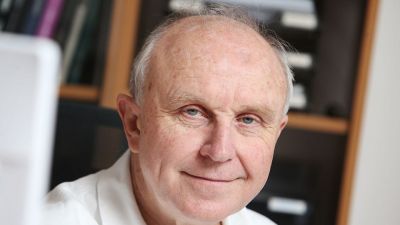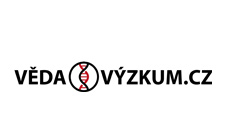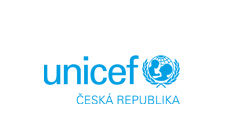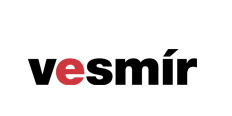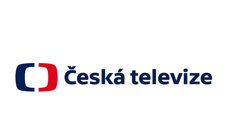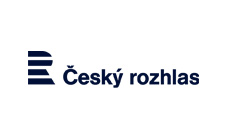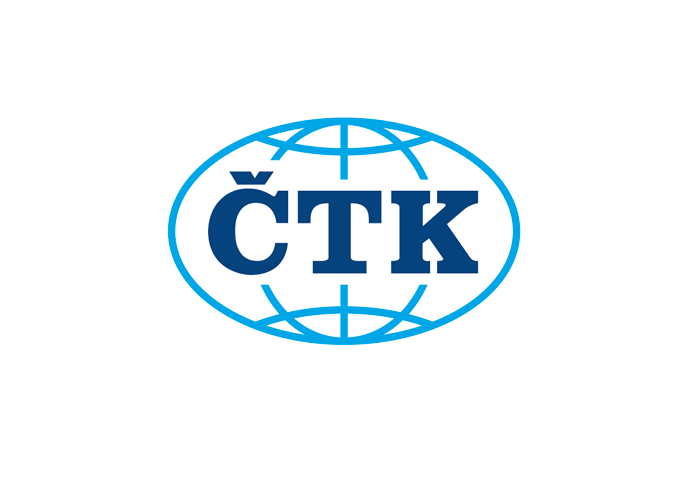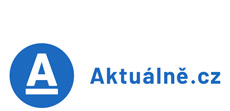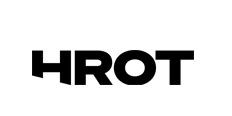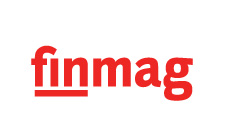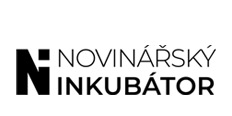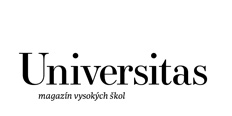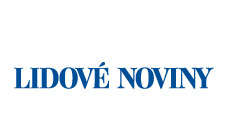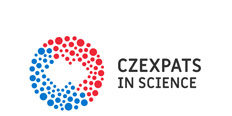Connecting experts in flow cytometry, development and licensing of diagnostic methods, including in the field of paediatric leukaemia, and quality control of their implementation: these are the main tasks of the internationally successful EuroFlow consortium. The CLIP research group from the Second Medical Faculty of Charles University under the leadership of immunologist Tomáš Kalina is a full-fledged part of this group.
Why was the EuroFlow consortium created?
The aim was to advance flow cytometry-based diagnostics for haematological malignancies and immunodeficiencies so that they are of comparable quality in different laboratories and work universally. We were the first to say that we can standardise processes and it will work better if we develop methods in collaboration between several laboratories.
How is that important?
Cytometry is one of the most important methods in the diagnosis of leukaemia. It measures cells individually, which is optimal because leukaemia cells are scattered in the bone marrow and peripheral blood. Historically, leukaemia was recognised by looking into a microscope. In contrast, cytometry is both more accurate and rapid, which is crucial for proper treatment and subsequent monitoring of treatment efficacy. After starting treatment, we take the sample again after about two weeks to see whether the leukaemia has disappeared or not. This can no longer be seen microscopically. We need to get to a level where we can distinguish, say, one leukemic cell out of ten thousand healthy ones. If we find so-called residual disease, the patient has to be switched to another type of treatment, which is more burdensome but increases the chance of success. With all cancers, we struggle to provide sufficient treatment to cure, but at the same time not too burdensome, because every treatment is toxic.
Do you specialise only in children or in leukaemia in general?
In our CLIP laboratory at the Department of Paediatric Haematology and Oncology at the Second Faculty of Medicine, University of Charles University and Motol University Hospital, we only diagnose paediatric patients, but as part of the EuroFlow consortium we deal with all haematology in all ages and types of leukaemia. Each of us is a specialist in a specific diagnosis. The uniqueness of the consortium is that when we came together, we found that most of the principles are universal and can be applied regardless of the specific disease or age.
How many paediatric leukaemia patients are newly diagnosed in the Czech Republic each year?
It is approximately one hundred new patients with all types of leukaemia. This allows us to research and diagnose within the Czech Republic. If there were fewer patients, we would not gain enough experience. Conversely, if there were ten times as many, it would be too burdensome for the system. Paediatric haematology enriches adult haematology, where chronic leukaemia is the most common with a two orders of magnitude higher incidence. Because it is not as fatal, the pressure for rapid and accurate diagnosis is not as great as in children. Part of the strength of the consortium is that we have been able to develop improvements for everyone. If a solution is to be accepted in the industry and adopted commercially, there must be a large enough market for it. In medicine, we don't usually think about this much, it's not our primary focus, we need to solve an acute need. However, when we come together in a sensible way, we get such a large reach that we start to be interesting to commercial partners. What we come up with doesn't just stay a great idea in our lab, but can spread across Europe and the world. That's what we've been able to do through collaboration.
What are the chances of a successful cure for children with leukaemia now?
More than 90 percent, which is a big improvement. Our main focus is now shifting to making sure that patients are not only cured, but that the quality of life after cure remains as good as possible. Paediatric patients have their whole lives ahead of them. We don't want to burden them unnecessarily, to treat them too much - more than necessary.
Are you at the limit of where research can go in terms of treatment success rates?
The ambition is to keep improving, and with new treatment modalities such as CAR-T gene therapy, we are moving in that direction. However, the window of opportunity is small because we have already achieved great success. Improvement from 95% to 100% is almost unattainable with a reasonable investment of time and resources. The key now is to find approaches that allow for less burdensome and precisely targeted treatment.
So what is the biggest challenge for you scientifically?
Targeted treatment. Current treatment is based on standardised protocols for all patients. We now want something different - to give each patient the best therapy based on their molecular change or unique target. We are looking for subsets of patients with the same treatment target. This is a challenge because locally we are making patient groups even smaller. That's why it's so important for studies to be international, so that we can increase the groups that we can treat in the same way. For diagnostics, this means that we have to provide equally accurate information in Prague, Milan, Kiel or anywhere else.
How long does it take for a new standardised procedure to be implemented in all departments and replace the old one?
The EuroFlow story was surprisingly fast. Most labs were used to their procedures and wanted to keep them. However, the EuroFlow group quickly came to the conclusion that it wanted to add a standardised common procedure. This was achieved within the first three years of the project. At that time I had the time and the capacity, and because I had just returned from America and knew the new technology very well, it was me who came up with the technical standardisation and went around to all the centres involved to make sure that what we had agreed was actually being done in practice. Everybody was open to new practices at that time. The standardisation was achieved quickly thanks to a lot of enthusiasm. However, once standardization was in place, people started to tweak the protocols in different ways, which led to questions about how accurate was "accurate enough" and how to stick to the standards. We found that it was not enough to write common protocols. We need to have a permanent system that monitors whether they are being followed.
Is that when you put in place the external review program, the quality assessment?
Yes, first a quality assessment, and later an external quality assessment. We took advantage of the digital revolution, which made it possible to process data by computer. The cytometer produces an image of reality, an electronic file that can be further analysed. Our consortium decided that if we use the same or similar instruments, the image produced by the cytometer must be the same in Prague, Kiel and Rotterdam. This has been done. We have developed procedures that make it possible to perform external quality control remotely.
How much cooperation do you have with the technology manufacturers? Do you all use the same instruments?
Most people think that technology for research or diagnostic purposes is made like cars or computers, but that's not true. This technology is produced in much smaller batches. Instruments with revolutionary technology, such as a cytometer, can sell maybe a hundred worldwide in the first year. For us, it is crucial that machines operate with standardisation. We originally started on one type of machine, then tried it on two different ones, one of which was a blind development branch because the company didn't want to support diagnostics too much. Eventually we had to move to a new generation of machines. It's easier for us to work on machines from one manufacturer. If a company doesn't want to support our procedures, it's not in our power as an academic department and diagnostic lab to change that. By joining forces in a consortium, we have created a critical size that gives clear direction and inspires the whole industry.
What have you been able to commercialise and license?
We went in three basic directions. The first task was to develop a method and panel of monoclonal antibodies with given fluorochromes applicable to cytometry, which will allow standardised diagnosis in different subtypes of leukaemia. The second challenge was to find a way to detect the presence of residual disease approximately 14 days after initiation of treatment, when we are looking for a single leukemic cell among 10,000 normal cells.
The third area of interest is the diagnosis of immunodeficiencies from childhood to adulthood. Cytometry is fast and useful for the most challenging and serious conditions, such as primary immunodeficiencies, congenital disorders where patients have no T-lymphocytes. Diagnosis needs to be made immediately as infections can be deadly. The Czech Republic introduced new-born screening for this type of disease three years ago. Cytometry allows us to confirm that a patient who came out of the screening as probably ill actually has the disorder. If so, he must be isolated immediately and prepared for transplantation. The search for a donor is started, the parents are screened, and within a few weeks the patient should receive new bone marrow to avoid further infections and risks.
Have you managed to get all three areas to the stage where you have patent-protected panels and protocols?
Yes, we obtained the first patents around 2012, and we have continued in several waves. Currently, all protocols and processes are licensed or patented. Leukaemia and primary immunodeficiency diagnostics are licensed to large companies.
| Euroflow Consortium |
| EuroFlow is the successful continuation of the EU STREP project. The consortium currently has 19 member laboratories from 10 European countries and Brazil. After the end of the project, the consortium has uniquely managed to raise funds for further activities by licensing flow cytometry-based diagnostic methods for haematological malignancies and for immunodeficiencies. Within the consortium, ProfessorKalina first led methodological standardisation projects and then created and still leads the external quality control program (EuroFlow QA), which is followed by EuroFlow educational activities (symposia and workshops). There are now 75 laboratories from all over the world (52 from Europe) participating in this programme. Diagnostic procedures developed by the EuroFlow consortium are now established in diagnostic practice in haematology and are supplied under license by Cytognos, Spain ad BD Biosciences, USA. |
Have you licensed and patented everything under the EuroFlow consortium or something directly on behalf of the Second Faculty of Medicine or Charles University?
When we were writing the project in 2006, we failed to appreciate how important the construction of the consortium agreement would be. European projects are set up so that when you work together, you should share intellectual property so that a successful collaboration can continue. The vision of our long-time consortium leader, Jacques van Dongen, was to establish an ongoing agreement on the same terms. That is, we do everything together, and when we create intellectual property, we protect it together, and any commercialisation will be done through the consortium. All profits go back into the EuroFlow consortium activities.
How do you allocate resources within the consortium?
It's unique and hard to explain at the beginning. The joint agreement defined how the profits would be handled when they came in. Substantial profits came 10 to 15 years after the agreement was signed, in the last five years. At the moment, the whole consortium receives roughly the same amount of money from royalties as the European Commission used to allocate to us annually under the grant. Which is a lot. We use these funds for various purposes. Two years ago, we agreed on an internal system for evaluating projects. We distribute the money through internal grants. In the last year we have been able to buy reagents centrally, which is usually half of the investment. We have also been able to pay the salaries of the lab technicians who are essential to our work. All the funds that the consortium receives, in addition to covering essential operational costs such as meetings, management and legal services, go back into other projects that go on as a result.
What are the other benefits of being part of an international consortium of laboratories?
We use the strength of the consortium across the board to offer the external quality control programme to anyone from outside who signs up and pays a fee to cover the costs. We designed and built the entire program in Prague, including the web-based solution for collecting data from participants and issuing certificates. All of this is done by our team at CLIP. This also includes educational workshops, for which we work partly (but not exclusively) with the company that licenses the products. It's important that people understand what they're doing and that someone who developed it explains it to them. We see it as part of our job - if we've invented a method, let's make sure it's used well.
What all have you patented?
For example, for monitoring residual disease and response to treatment, we have developed solutions for four different types of disease that are patent protected but not yet licensed. We teach users how to do this, even if they have to build it themselves from different reagents from different companies. We don't know if we will license everything to the same company, we are open to it being different companies. It's not in our interest to build a monopoly, we want to spread the risk. In addition, licensing can take four to eight years before a company can bring a product to market. The new European legislation in diagnostics may make it even longer. It costs a lot of money, and some diseases are not attractive to companies because the market is small.
What is your biggest contribution to the transfer of knowledge from science to medical practice?
The strength and importance of the consortium is that we are not just about business cases. If we pitch a company with an idea for a solution to childhood leukaemia, they will say it's great, but they won't invest in it because there are so few cases. But if we come up with a solution across haematology, for all ages, it becomes interesting for the company. The development spans the ages and is applicable to children.
There are some specific issues that we cannot solve with a commercial solution, so we will continue to address them academically. In other countries, centres with capacity will do things semi-academically - they will read our publications, attend our educational workshops and be able to work well in their environment. We also offer them external quality control so that they can check twice a year that they are following our standards.
Part of the consortium's efforts are devoted to the development of algorithmic analyses and software to help with data analysis. We have collected thousands of measured leukaemia cases, which we have cleaned and annotated to create a catalogue of leukaemia types. We have invested in software solutions that allow us to compare a new case with the catalogue and find the most similar leukaemia type.
Are you involving the use of artificial intelligence?
Not at this time. I think it will go in that direction, but without standardisation it is not possible. With MRI or X-ray, every machine will take a similar picture, but with cytometry, the resulting computer image depends on the choice of monoclonal antibodies. The image will only be the same if you use exactly the same reagents and protocol, which is what we are trying to do. The next step will be to find a way to make our databases more useful to outside users. We need to figure out a business model for how to use it. This will be possible if we link the machine, the reagent set, the protocol and the databases. Companies usually make the machine and reagents, someone else makes the software. There has to be an intense collaboration or reorganisation of the market so that everybody works together, under one brief.
Are there differences between the industry leaders in Europe and North America? Or is it already balanced?
In terms of diagnostics and standardisation, EuroFlow is unique in the world. There are groups in America that perform testing as well or better than we do, but have not made their system accessible and universally applicable. We know of two or three labs on the East Coast that do it superbly, but they don't have a system that anyone can use. Europe is fragmented between many languages, legal systems and health systems. At EuroFlow, this lets us know how important it is to support and connect these diverse groups.
Based on your experience at EuroFlow, can you define more generally applicable rules for technology transfer from research to practice?
I think we need to change our thinking about what we mean by technology transfer. Especially in medicine, it's not just a shortcut of 'we invent a drug, we license it and we treat people with it', it's about improving the environment. In this case, better and faster diagnostics will improve the whole patient care system, and specific patients will benefit. This is also technology transfer. But we must be willing to accept that success is not just measured by the number of patents and the money received for licences.
Moreover, in this unique case, we did not bring money directly to the university, which is our employer. The university agreed that if we created something, it would go to the consortium. The strength of EuroFlow is that we have created a solution, found a market and a system that works thanks to a whole group of labs and their followers. No single lab could have sold it on its own, it was only together that we became interesting to commercial partners.
Who is behind this unique achievement?
EuroFlow's success is largely due to the visionary Dutch colleague Jacques van Dongen, who has been working on it since the 1990s. At the end of his career, he found a combination of knowledge and needs that he was able to fulfil and turn into a commercial success.
| Professor Tomáš Kalina |
| Immunologist and Vice-Dean for Science and Research at the Second Medical Faculty at CU, is an internationally recognised innovator in the field of cytometry, leader of applied research projects, author of successfully licensed patents, respected researcher and educator. He is an active member of the EuroFlow consortium committee. Since 2000, he has been working in the CLIP group at the Department of Paediatric Haematology and Oncology, Second Faculty of Medicine, Charles University in Prague. He is the author of 119 impacted scientific articles with H-index 32. For his work he was awarded the František Běhounek Prize (2023). |




